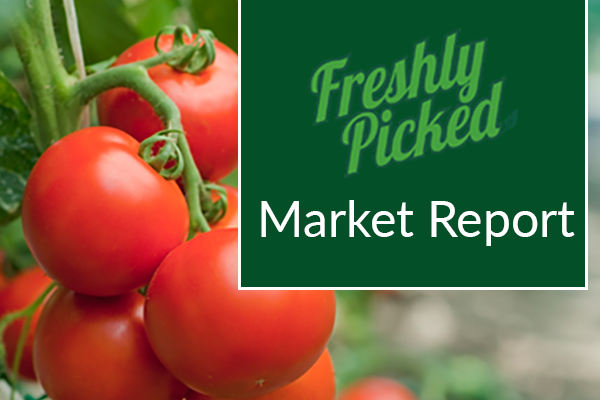Alerts & What’s Trending
- How to Choose the Right Cloud Strategy for your Restaurant
- Why Worth While Tech Investments Don’t Have to be Flashy
- Is Your Restaurant and Bar Ready for Football Season?
- Are Restaurant Loyalty Programs Worth It for Full-Service Establishments?
Produce

Weather issues in may growing regions will cause markets to increase over the next few weeks. Avocado supplies have continued to increase on the larger sizes.
Grains
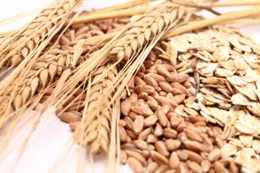
The market moved lower for the majority of previous week due to technical trading, but by Friday the market had recovered. Scores for soybeans moved very little. Farmers are selling canola as it approaches a two-year low. Large oil inventories and weak Chinese demand are pushing palm prices lower.
Dairy

Despite flat demand and weaker exports, cheese prices rose last week on both the block and barrel markets. Butter reached a record-high price while anticipating a pullback. With strong retail and foodservice demand, as well as the effects of resurgent avian influenza, egg markets are higher.
Beef
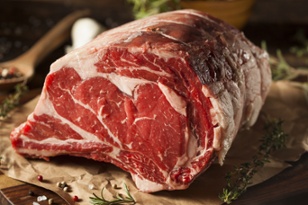
In particular for CAB or higher product, ribs continue to benefit from close in sales and the front-end demand; Sel and No Roll present prospects. While strips continue to get softer, CAB or higher product is still scarce. Chucks are still holding the line, but clods and inner round cuts are getting stronger. The grinding is constant.
Pork
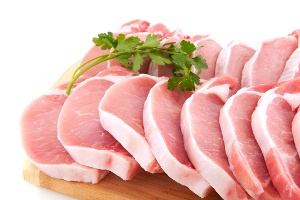
More demand is causing bellies to trend up. Loins moved up slightly due to short supplier. Ribs continue to remain flat. Support from retail and a short harvest week are moving butts up for next week.
Poultry

Wing demand for the season is here. Prices are dropping and availability is increasing for tenders. The random breast market is dropping. Thigh meat prices were down again this week. Whole birds are higher while boneless leg meat is more available than its dark meat counterpart.
Seafood
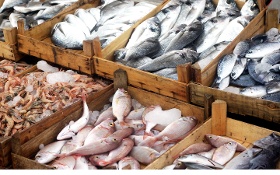
The Great Lakes’ warm water makes fishing difficult and delays harvest until late September. As fish grow to the right size for harvest, catfish production increases. Farmers don’t let the fish stay in the water longer than necessary, so the majority of the tilapia collected is small. There are not enough 7-9 ounce fillets available.


